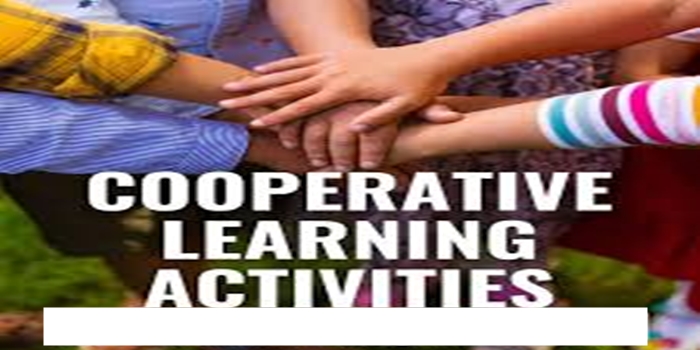In this article, we discussed the meaning of cooperative learning activities, the examples, the elements, and also the benefits and strategies.
Definition
“Cooperative learning activities” refers to educational tasks where students work together in small groups to achieve a common learning goal, relying on each other’s strengths and contributing to the group’s success, rather than competing individually; essentially, students actively participate and support one another to learn material effectively.
points about cooperative learning activities:
Group work:
Students are placed in small groups with mixed abilities to work on a shared task.
Positive interdependence:
Each group member relies on others to succeed, meaning their individual success is linked to the group’s success.
Individual accountability:
Each student is responsible for their own learning and contribution to the group.
Collaborative skills:
Students must develop communication, leadership, and problem-solving skills to work effectively together.
Examples of cooperative learning activities include:
Think-pair-share:
Students individually reflect on a question, then discuss with a partner, and finally share their thoughts with the larger group.
Jigsaw:
Each student is assigned a specific piece of information to research, then they come together in groups to share their knowledge and build a comprehensive understanding.
Numbered heads together:
Students in a group are assigned numbers, discuss a topic, and then randomly selected students are called upon to answer questions, ensuring everyone participates.
Reciprocal questioning:
Students take turns asking each other questions to deepen their understanding of the material.
Role-playing:
Students take on different roles to simulate a real-life scenario, promoting active engagement and perspective-taking.
Group projects:
Students work collaboratively on a project, dividing tasks and responsibilities to achieve a shared goal.
Peer review:
Students provide feedback on each other’s work, improving their writing and critical thinking skills.
Elements of Cooperative Learning are:
Positive interdependence
The belief that working together enhances learning and that the group’s success is tied to each individual’s success
Individual accountability
Each student is responsible for a portion of the work and for mastering the material
Promotive interaction
Students work together to accomplish a task, explaining their understanding and sharing knowledge
Social skills
Students develop interpersonal and small group skills
Group processing
Students discuss how the group is progressing and what’s working well and not working well
How these elements work together:
Students work together in small groups on a common task or learning activity.
Students feel responsible for their individual tasks and the group’s success.
Students help each other by explaining their understanding and sharing knowledge.
Students receive feedback on their individual performance and the group receives feedback on its performance.
Students are rewarded based on the group’s success.
Cooperative learning can help students develop higher-order social, personal, and cognitive skills, such as problem solving and reasoning.
Benefits of cooperative learning:
Improved communication skills:
Students need to actively listen, share ideas, and articulate their thoughts clearly when working in groups, leading to better communication skills.
Enhanced collaboration and teamwork:
Cooperative learning activities encourage students to work together to achieve a shared goal, developing essential teamwork skills like assigning roles, coordinating efforts, and resolving conflicts.
Higher level thinking:
By discussing and debating ideas with peers, students are prompted to analyze information more deeply and develop critical thinking skills.
Positive social interactions:
Working in groups can foster positive peer relationships, build empathy, and promote inclusivity.
Increased student engagement and motivation:
When actively involved in group activities, students tend to be more engaged and motivated to learn.
Greater accountability:
With individual roles and responsibilities within a group, students are held accountable for their contributions and learning.
Improved self-esteem and confidence:
Successful collaboration within a group can boost students’ self-confidence and sense of accomplishment.
Diversity of perspectives:
Cooperative learning allows students to learn from different viewpoints and perspectives within their group.
Adaptability to different learning styles:
Group work can cater to various learning styles as students can explain concepts to each other in different ways.
Development of leadership skills:
Students can take on leadership roles within their groups, practicing decision-making and coordinating activities.
Cooperative learning strategies include:
Positive interdependence: Each group member relies on others to succeed and achieve the shared goal.
Individual accountability: Each student is responsible for their own learning and contribution to the group.
Face-to-face interaction: Students actively communicate and discuss ideas with their peers.
Interpersonal skills development: Students practice skills like listening, collaboration, conflict resolution, and leadership.
Conclusion
A cooperative learning activity involves students working together in small groups towards a shared goal, where each member is individually accountable for their contribution, relying on positive interdependence within the group to achieve success, and actively engaging with one another through face-to-face interaction to support each other’s learning; key elements include individual accountability, group processing, and promotive interaction.

